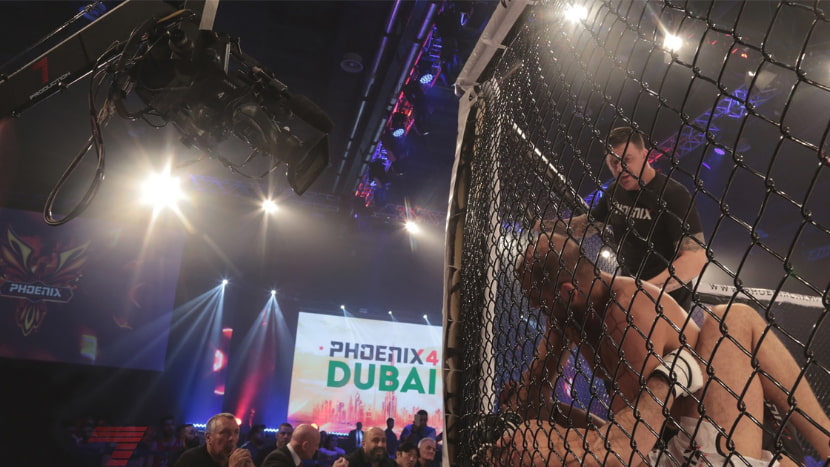
While COVID-19 brought significant challenges to live sports broadcasting, one could argue that the pandemic elevated the home viewing experience. While live sports are back in full force, many viewers gained a new respect for cheering on their favorite team from the sidelines of their home.
As fans continue to opt for home viewing, team owners, stakeholders, and broadcasters need to rise to the challenges of sportscasting in 2022.
Meeting the challenges of long-form broadcasting
In many sports, such as tennis, play duration varies from match to match. For example, in the 2001 Heineken Open, Francisco Clavet set an ATP tournament record in Shanghai when he defeated Jiang Shan in 25 minutes. On the other hand, in 2010 at Wimbledon, John Isner and Nicolas Mahut competed in a record-breaking match that lasted 11 hours and 25 minutes.
Broadcasters and stakeholders know that sporting events are often unpredictable and could last beyond an allocated time frame. To adapt and meet this challenge, broadcasters must allocate significant resources to successfully broadcast an event.
The need for adaptable infrastructure
Live events, especially live sporting events, require the flexibility to adapt quickly and seamlessly to any changes while carefully managing the quality of the stream. Until recently, the cost of delivering quality streams was extremely high, impacting organizers, broadcasters, and affiliates alike. As such, traditional broadcasting methods need to adapt to make live streaming events more cost-effective. While evolving technologies are now allowing live sports streams to become more adaptable in their approach to delivery, broadcasters must rise to the challenge and invest in the resources to remain competitive.
Meeting fan expectations
Although many fans enjoy their favorite team from home, they still demand an immersive, quality experience dedicated to providing content to mirror an in-person experience. Leveraging innovative technologies, such as 4k outdoor broadcasting trucks, quality cameras, and other innovative equipment provides seamless, high-quality imaging for “real life” content delivery. The last thing you want is an interruption in your stream during the winning goal or the final lap. Providing anything other than high-quality imaging with an uninterrupted real-time stream will not only tarnish your reputation as a broadcaster but also lose potential current and future viewers.
Additionally, fans expect a personalized and immersive experience. From multiple feeds to alternative camera angles to create enhanced storytelling for a better viewing experience from the television, broadcasters will need to continue to up their game to create a personalized experience for their viewers.

Real-time delivery
A few seconds left in the big game. A huge play. And the live stream freezes. Disaster! We’ve all been there at one point or another. Perhaps one of the most important aspects of sports broadcasting is providing an accurate and interruption-free stream. Luckily, 5G technology promises broadcasters a faster, more streamlined future. At around ten times the speed of 4G/LTE, 5G can even handle 4K footage wirelessly. Those lightning-fast connections give producers and editors the ability to work with massive amounts of data, even in the field. Best of all, this provides an enhanced viewing experience for viewers from their mobile devices so they can watch regardless of their location.
To take advantage of this technology, broadcasters will need to invest in 5G kits to avoid content latency in the future. While many streamers may prefer to delay this investment until a later date, they risk losing viewers to providers who are ready when 5G rolls out to the masses.
Seven Production
Now more than ever, your viewers expect the highest quality 4k live streamed events. At Seven Production, our mobile production vehicles and live broadcasting services empower crews with the technology and solutions to produce precise, crisp 4K and HD content in real-time. Our end-to-end service offerings allow you to offset the costs associated with providing your viewers with access to the next best experience to in-person viewing.
Contact a member of our team to learn more about our mobile production vehicles and live streaming services.

